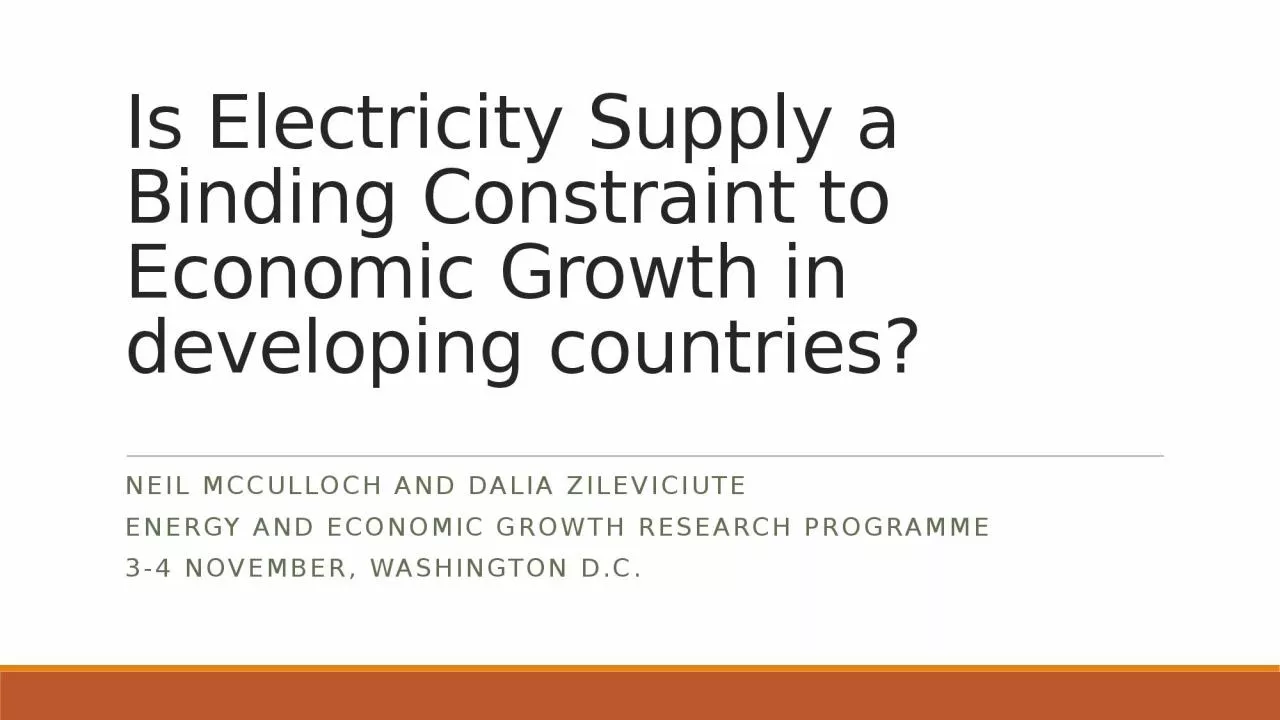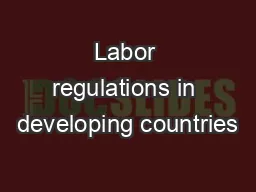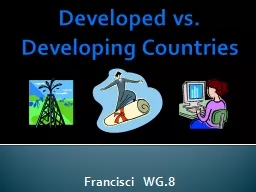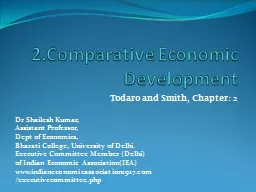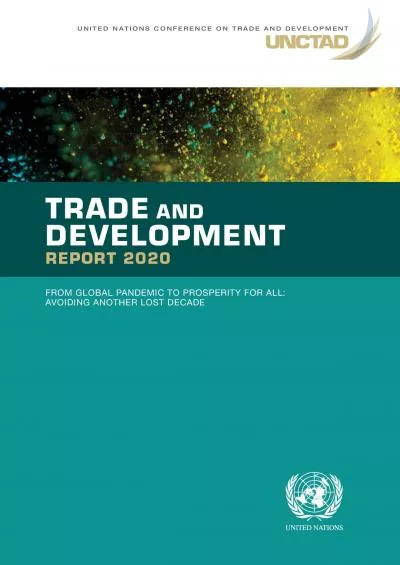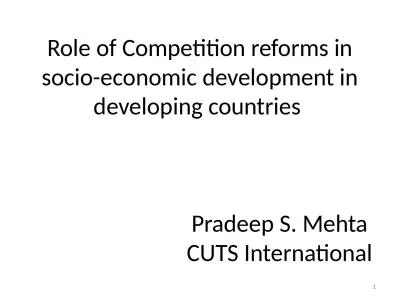PPT-Is Electricity Supply a Binding Constraint to Economic Growth in developing countries?
Author : rose | Published Date : 2023-10-31
Neil mcculloch and Dalia Zileviciute Energy and economic growth research programme 34 November Washington dc The questions and the answers Is electricity supply
Presentation Embed Code
Download Presentation
Download Presentation The PPT/PDF document "Is Electricity Supply a Binding Constrai..." is the property of its rightful owner. Permission is granted to download and print the materials on this website for personal, non-commercial use only, and to display it on your personal computer provided you do not modify the materials and that you retain all copyright notices contained in the materials. By downloading content from our website, you accept the terms of this agreement.
Is Electricity Supply a Binding Constraint to Economic Growth in developing countries?: Transcript
Download Rules Of Document
"Is Electricity Supply a Binding Constraint to Economic Growth in developing countries?"The content belongs to its owner. You may download and print it for personal use, without modification, and keep all copyright notices. By downloading, you agree to these terms.
Related Documents

